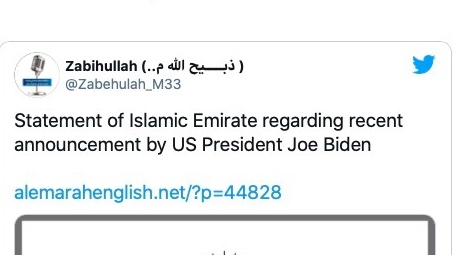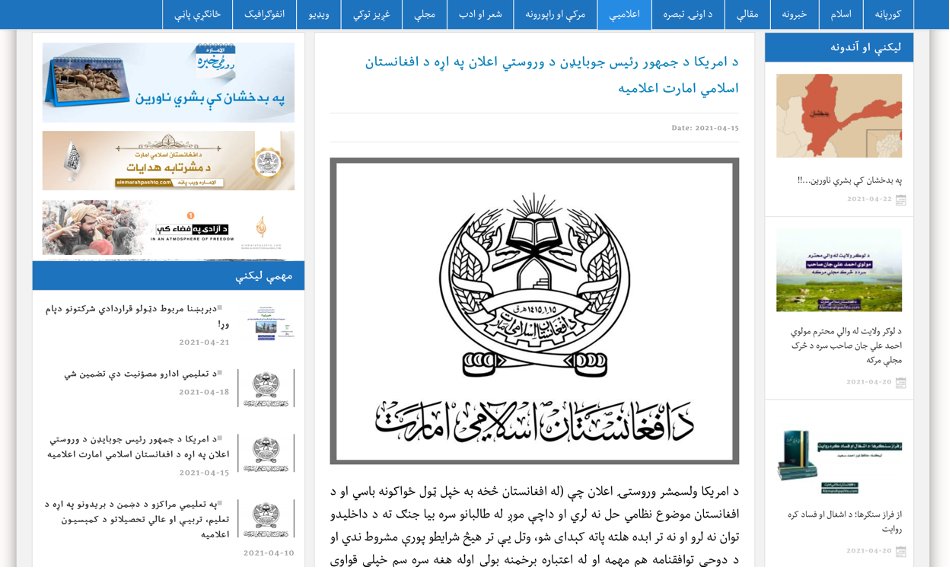
1. On 19 September, following weeks of inactivity, #ISKP once again started reporting attacks from #Afghanistan.
That day alone, it claimed seven operations—this is the largest number of attacks reported by #ISKP in a single day in years.
That day alone, it claimed seven operations—this is the largest number of attacks reported by #ISKP in a single day in years.

2. This spate of attacks has so far focused on what #IS is calling the ‘apostate #Taliban militia.’
It appears to signal the start of the new, reinvigorated #Afghanistan campaign that #IS first said was on the horizon back in August.
It appears to signal the start of the new, reinvigorated #Afghanistan campaign that #IS first said was on the horizon back in August.

3. Notably, aside from #ISKP’s two attacks on #KIA at the end of August, it had been entirely inactive in #Afghanistan until this week.
The last time it went dark for that long was in June/July 2020.
The last time it went dark for that long was in June/July 2020.

4. So far, aside from the #Kabul attacks in August, all these attacks have taken place in either #Nangarhar or #Kunar.
Three others have been reported from #Pakistan’s NW border region, to which #ISKP lays claim even though #Pakistan has its own separate #IS wilaya.
Three others have been reported from #Pakistan’s NW border region, to which #ISKP lays claim even though #Pakistan has its own separate #IS wilaya.

5. From a tactical perspective, all but one of #ISKP’s recent attacks in #Afghanistan have relied on IEDs.
IEDs have long been a go-to for #ISKP, but this rate of usage is greater than usual. It suggests #ISKP's cells are really trying to lay low.
IEDs have long been a go-to for #ISKP, but this rate of usage is greater than usual. It suggests #ISKP's cells are really trying to lay low.

6. #IS has so far only issued attack reports on these ops.
However, the day it claimed the #Jalalabad bombs, #ISKP’s local media centre published a video attacking the #Taliban for 'supporting Shi’is.’
Whether this deliberately coincided with the op claims remains to be seen.
However, the day it claimed the #Jalalabad bombs, #ISKP’s local media centre published a video attacking the #Taliban for 'supporting Shi’is.’
Whether this deliberately coincided with the op claims remains to be seen.

7. Last month, we speculated that #ISKP would try to double down in #Afghanistan to demonstrate the #Taliban’s inability to provide security and to frame itself as a key power-broker.
Based on the last few days, it seems it's now attempting to do that.
Based on the last few days, it seems it's now attempting to do that.
https://twitter.com/Ex_Trac/status/1431213740314222593
8. For more on #ISKP’s origins, operational trajectory, outreach strategy, and significance within the broader global #IS movement, check out our in-depth report (and the full Twitter thread) here:
https://twitter.com/Ex_Trac/status/1433068986271416326
9. If you’d like to know more about ExTrac reporting, visit extrac.io or email info@extrac.io.
• • •
Missing some Tweet in this thread? You can try to
force a refresh

















